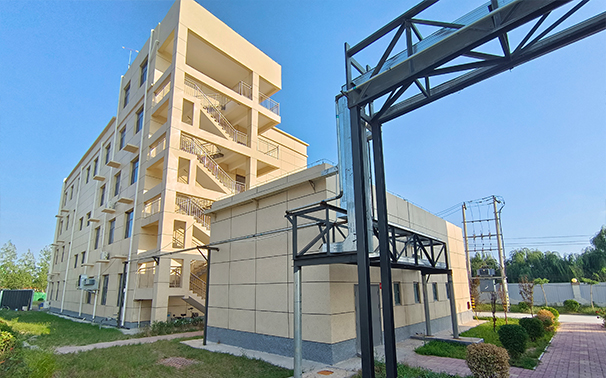Hydrolyzed Polymaleic Anhydride Applications and Benefits in Water Treatment Processes
The Science and Applications of Hydrolyzed Polymaleic Anhydride
Hydrolyzed polymaleic anhydride (HPMA) is a synthetic polymer derived from maleic anhydride through a hydrolyzation process that alters its chemical structure, leading to a variety of properties and applications in several industries. Understanding the fundamentals of HPMA, including its synthesis, structure, and applications, can provide valuable insight into its significance in modern materials science and engineering.
Synthesis and Structure
HPMA is produced by the hydrolysis of polymaleic anhydride. This process involves the reaction of maleic anhydride with water, resulting in a polymer that contains both carboxylic acid groups and anhydride groups. The hydrolyzation can be controlled to result in varying degrees of hydrolysis, leading to a range of molecular weights and functional properties.
The resulting polymer features a repeating unit that includes both the anhydride and carboxylic acid functionalities. This unique structure allows HPMA to exhibit amphiphilic characteristics, making it soluble in both polar and non-polar solvents. The presence of carboxylic functional groups endows HPMA with excellent chelating properties, enabling it to interact with metal ions effectively.
Applications in Various Industries
HPMA has gained prominence across multiple industries due to its versatile nature. Here are some of the key applications where HPMA is utilized
hydrolyzed polymaleic anhydride

1. Water Treatment HPMA is widely used in water treatment processes. Its ability to chelate metal ions makes it effective in preventing scale formation in boilers and cooling systems. The polymer can sequester calcium and magnesium ions, which are responsible for hardness in water, thus enhancing the efficiency of water systems and prolonging equipment lifespan. Additionally, HPMA is used as a dispersant for various particulate materials, ensuring uniform distribution and stability in aqueous solutions.
2. Detergents and Cleaning Products In the household and industrial cleaning sector, HPMA functions as a builder in detergents. It enhances the detergents' cleaning efficiency by softening water, allowing surfactants to work more effectively. The polymer’s ability to capture metal ions continues to contribute to the maintenance of cleaning efficacy by preventing soap scum and enhancing the overall performance of the cleaning solutions.
3. Cosmetics and Personal Care HPMA's properties are also exploited in cosmetics and personal care products. It acts as a thickener and stabilizer in formulations, improving the texture and consistency of creams and lotions. Additionally, its ability to bind metal ions can help protect the skin from harmful oxidation reactions, making it a valuable ingredient in anti-aging products.
4. Agriculture In agricultural applications, hydrolyzed polymaleic anhydride has been utilized as a soil conditioner. Its high molecular weight and water-retention capabilities contribute to improved soil structure and fertility. The polymer helps to retain moisture in the soil, enhancing plant growth and crop yields, particularly in arid regions.
5. Biomedical Applications Emerging studies have highlighted HPMA’s potential in the biomedical field. Its biocompatibility and functional groups can be further modified to create drug delivery systems that enhance the solubility and stability of poorly water-soluble drugs. Additionally, HPMA-based polymers can be designed for targeted drug delivery, improving therapeutic effectiveness while minimizing side effects.
Conclusion
Hydrolyzed polymaleic anhydride is a remarkable synthetic polymer with a vast array of applications ranging from industrial water treatment to personal care products and biomedical innovations. Its unique structural properties, including amphiphilicity and metal ion chelation, make it an invaluable resource across numerous sectors. As research continues to evolve, new applications are likely to emerge, further establishing HPMA as a key player in advanced material sciences and enhancing its role in sustainable practices. Understanding and leveraging the capabilities of HPMA can lead to significant advancements in technology and the materials we use in our daily lives.
-
Water Treatment with Flocculant Water TreatmentNewsJun.12,2025
-
Polymaleic AnhydrideNewsJun.12,2025
-
Polyaspartic AcidNewsJun.12,2025
-
Enhance Industrial Processes with IsothiazolinonesNewsJun.12,2025
-
Enhance Industrial Processes with PBTCA SolutionsNewsJun.12,2025
-
Dodecyldimethylbenzylammonium Chloride SolutionsNewsJun.12,2025





